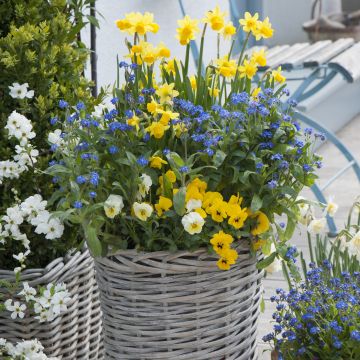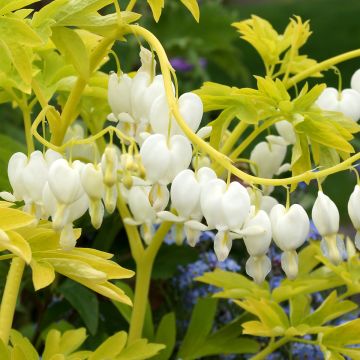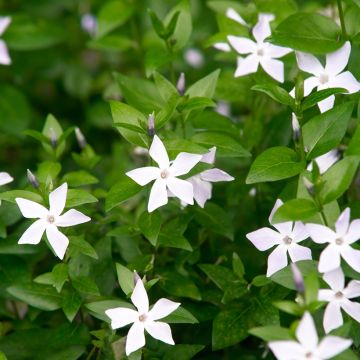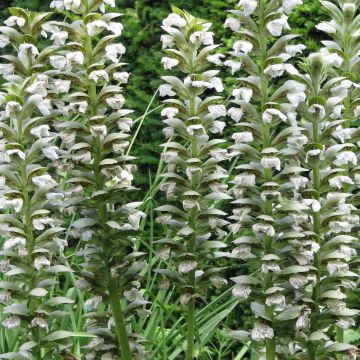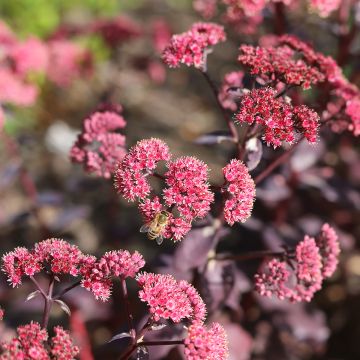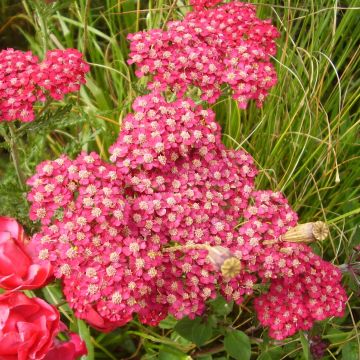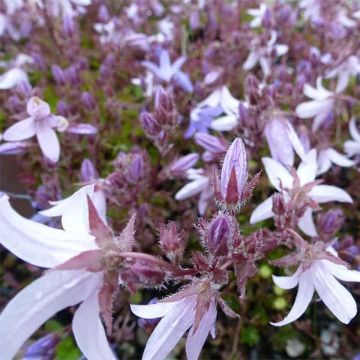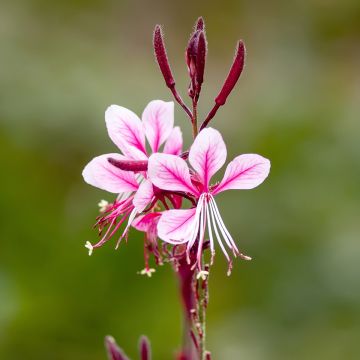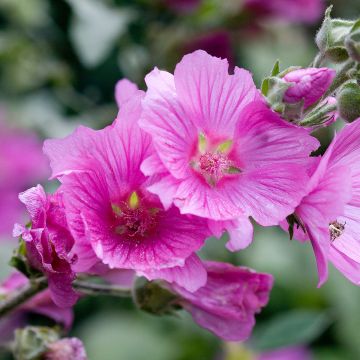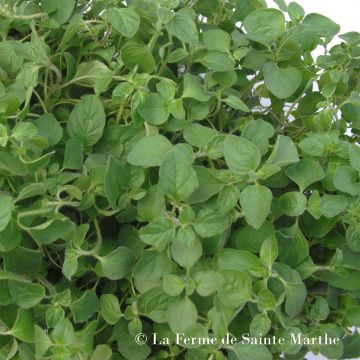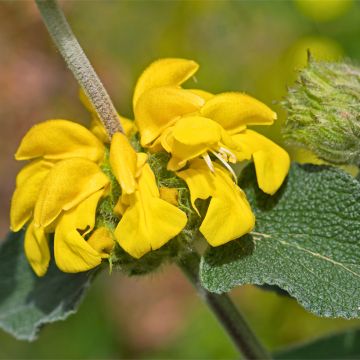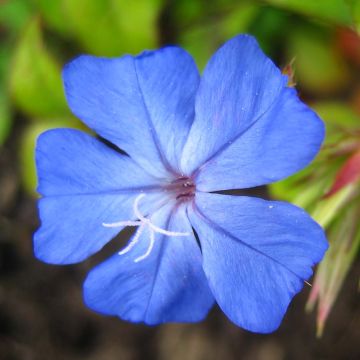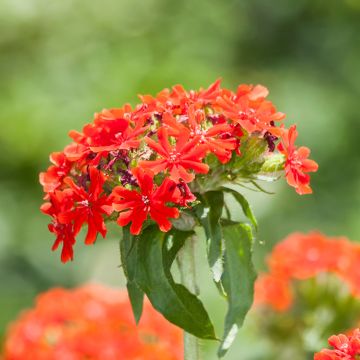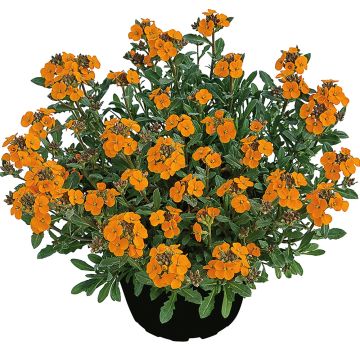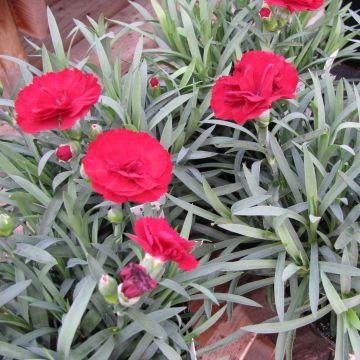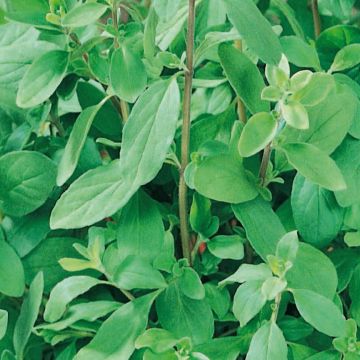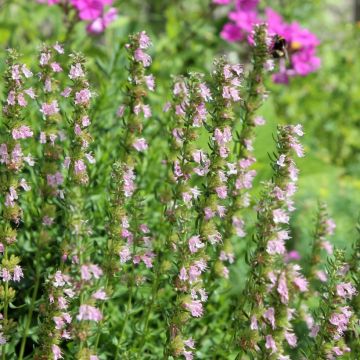Shipping country and language
Your country of residence may be:
Your country of residence is:
For a better user experience on our website, you can select:
Your shipping country:
Andorra
Austria
Belgium
Bulgaria
Canada
Chile
Croatia
Cyprus
Czechia
Denmark
Estonia
Finland
France
Germany
Greece
Hungary
Iceland
Ireland
Italy
Latvia
Lithuania
Luxembourg
Malta
Monaco
Netherlands
Poland
Portugal
Romania
Slovakia
Slovenia
Spain
Sweden
Switzerland
United Kingdom
We only deliver seed and bulb products to your country. If you add other products to your basket, they cannot be shipped.
Language:
French
German
Spanish
English
My Account
Hello
My wish lists
Plantfit
Log in / Register
Existing customer?
New customer?
Create an account to track your orders, access our customer service and, if you wish, make the most of our upcoming offers.
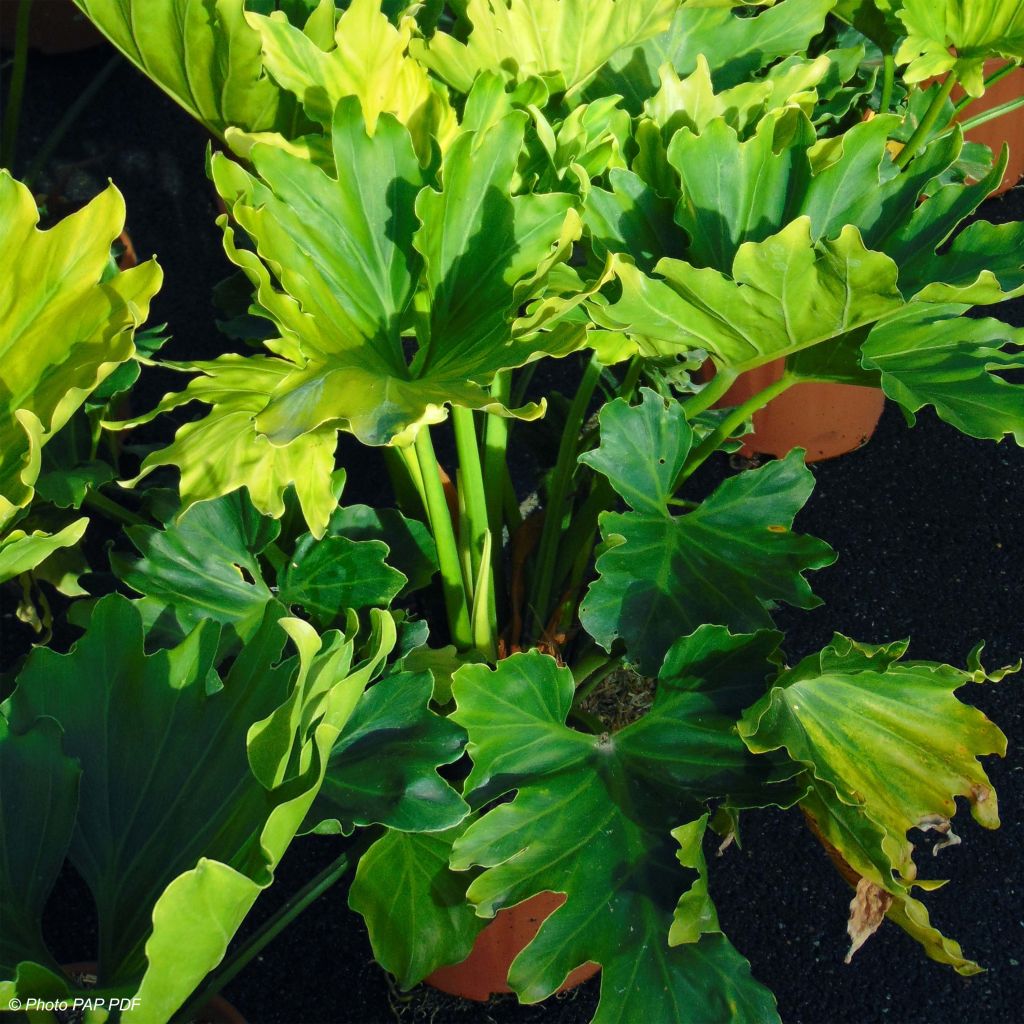

Philodendron xanadu Hope
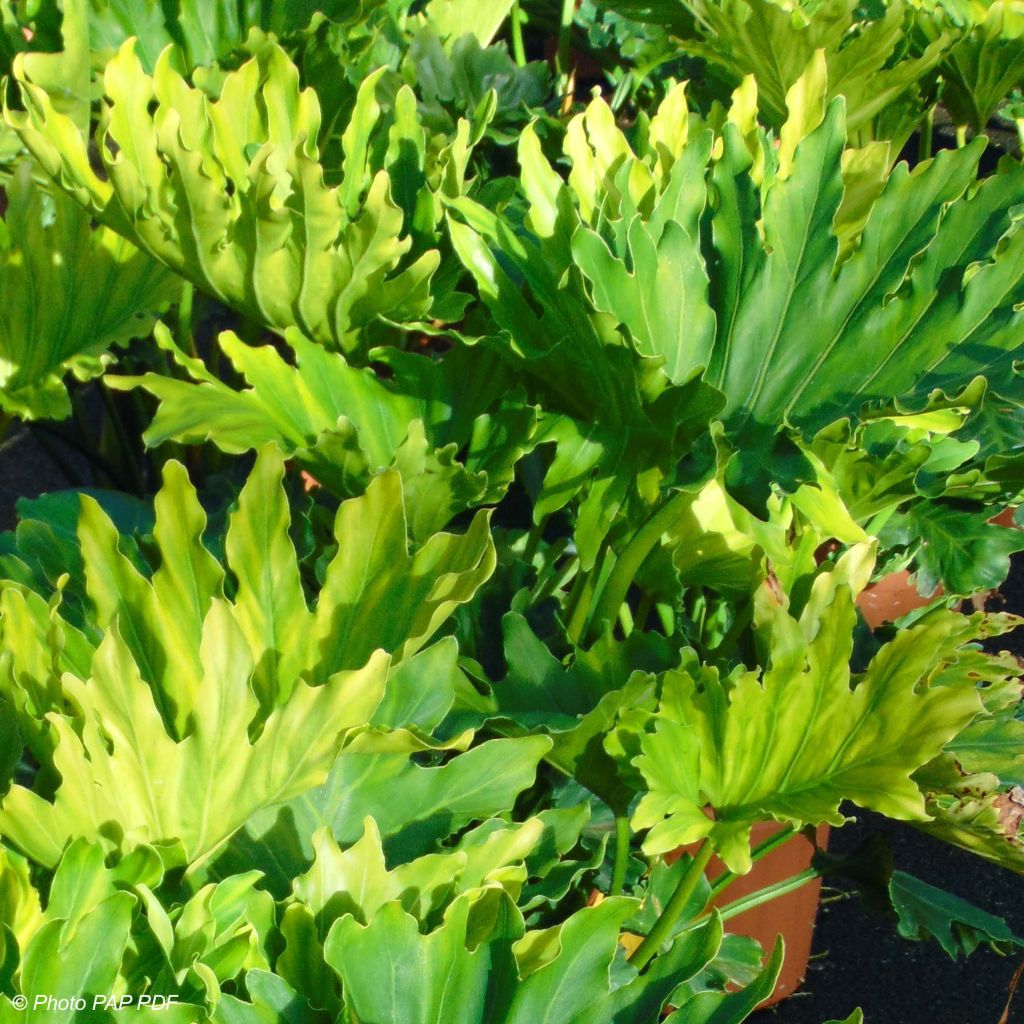

Philodendron xanadu Hope
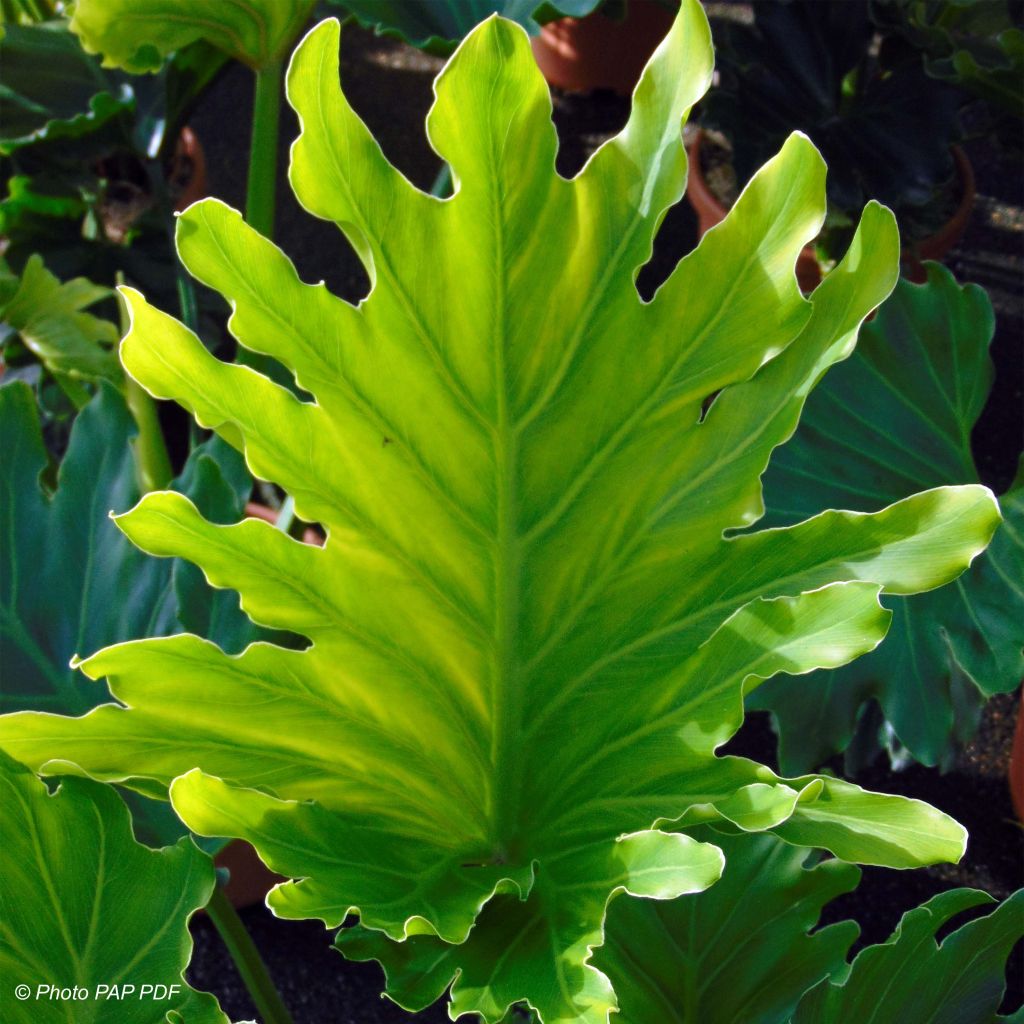

Philodendron xanadu Hope
Philodendron xanadu Hope
Philodendron xanadu Hope
Xanadu Philodendron
Necked young plant in a 2-litre pot sold at a high price and suffering from chlorosis. Otherwise, the parcel arrived quickly and the packaging was well done, I even got a 50 cm (20in) stake for a plant that is only 10 cm (4in) tall ;-))
Thierry L., 26/05/2018
Order in the next for dispatch today!
Dispatch by letter from 3,90 €.
Delivery charge from 5,90 € Oversize package delivery charge from 6,90 €.
More information
This item is not available in your country.
Shipping country:
Andorra
Austria
Belgium
Bulgaria
Canada
Chile
Croatia
Cyprus
Czechia
Denmark
Estonia
Finland
France
Germany
Greece
Hungary
Iceland
Ireland
Italy
Latvia
Lithuania
Luxembourg
Malta
Monaco
Netherlands
Poland
Portugal
Romania
Slovakia
Slovenia
Spain
Sweden
Switzerland
United Kingdom
Schedule delivery date,
and select date in basket
This plant carries a 12 months recovery warranty
More information
We guarantee the quality of our plants for a full growing cycle, and will replace at our expense any plant that fails to recover under normal climatic and planting conditions.
From 5,90 € for pickup delivery and 6,90 € for home delivery
Express home delivery from 8,90 €.
From 5,90 € for pickup delivery and 6,90 € for home delivery
Express home delivery from 8,90 €.
Would this plant suit my garden?
Set up your Plantfit profile →
Description
Philodendron xanadu 'Hope' is a recent cultivar selected in the USA for its magnificent compound foliage, compact habit, and improved cold resistance, allowing it to be grown on a very sheltered patio or even in the ground in very mild regions, spared from frost. This variety forms a short trunk and develops large undulate and lobed leaves of a bright green colour. In theory, this plant is capable of regrowing from the stump after being damaged by frost. However, this regrowth occurs late in spring, at the risk of exhausting the plant. We advise you to grow this marvel in a large pot and protect it from frost in winter. It is an absolutely superb plant for the greenhouse or the house, and will create a lush decor on a patio.
Philodendron xanadu is a large perennial shrubby plant of the Araceae family. It is a seedling of Philodendron selloum that appeared in 1983 in an Australian nursery. Its parent is native to the tropical forests of Brazil, Argentina, and Paraguay. The 'Hope' cultivar is not a liana, but rather a bushy plant with a spreading habit that develops over time a greyish trunk of 80cm (32in) to 1m (3ft), marked by numerous foliar scars. Its growth rate is quite rapid. It produces at the tip of this trunk a cluster of very large petiolate leaves. An adult plant will reach an average height of 1.5m (5ft) with a diameter of 1m (3ft). Each heart-shaped leaf is deeply lobed with undulate edges. The lamina is light green and shiny. Flowering is rare in cultivation. It appears in the form of a spadix surrounded by a white-green spathe.
On a patio as well as in the house, Philodendron xanadu 'Hope' is an impressive yet easy-to-grow plant. It tolerates sunny exposures well but prefers partial shade, and its foliage only truly suffers below 0°C (32°F). It stands out as a focal point in a contemporary or exotic decor, whether planted on a patio in a large container or in a large, unheated, and very bright living room or dining room. This robust plant goes well with banana trees, Tetrapanax, Cycas, or arborescent ferns, whose magnificence recalls ancient forests.
Philodendron has the ability to partially eliminate toxic molecules such as formaldehyde, carbon monoxide, toluene, benzene, hexane, trichloroethylene, and ammonia in our homes.
Philodendron xanadu Hope in pictures
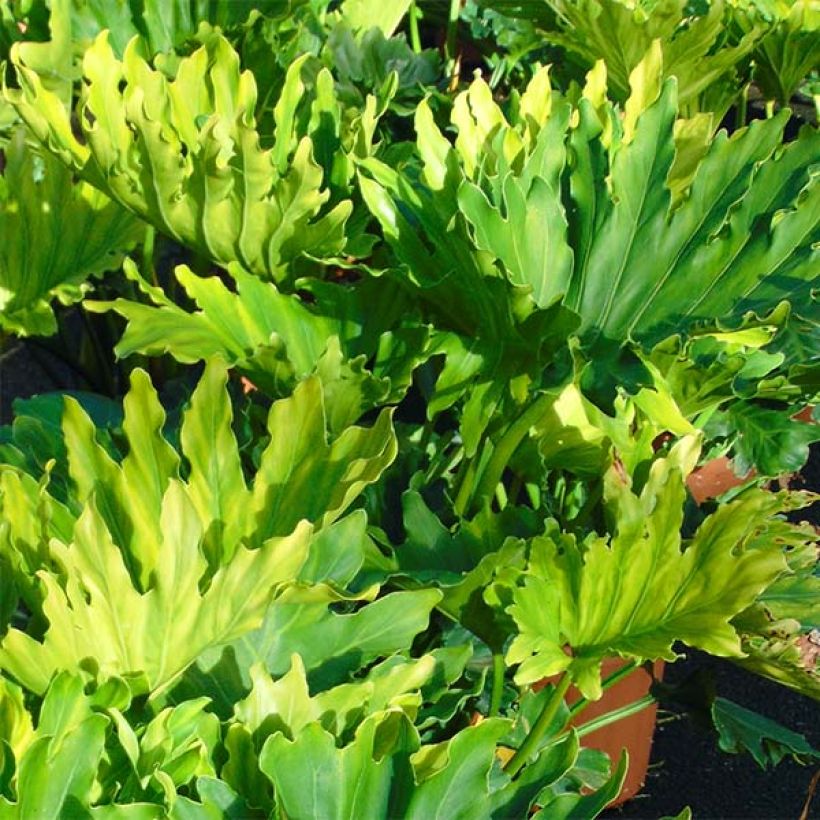

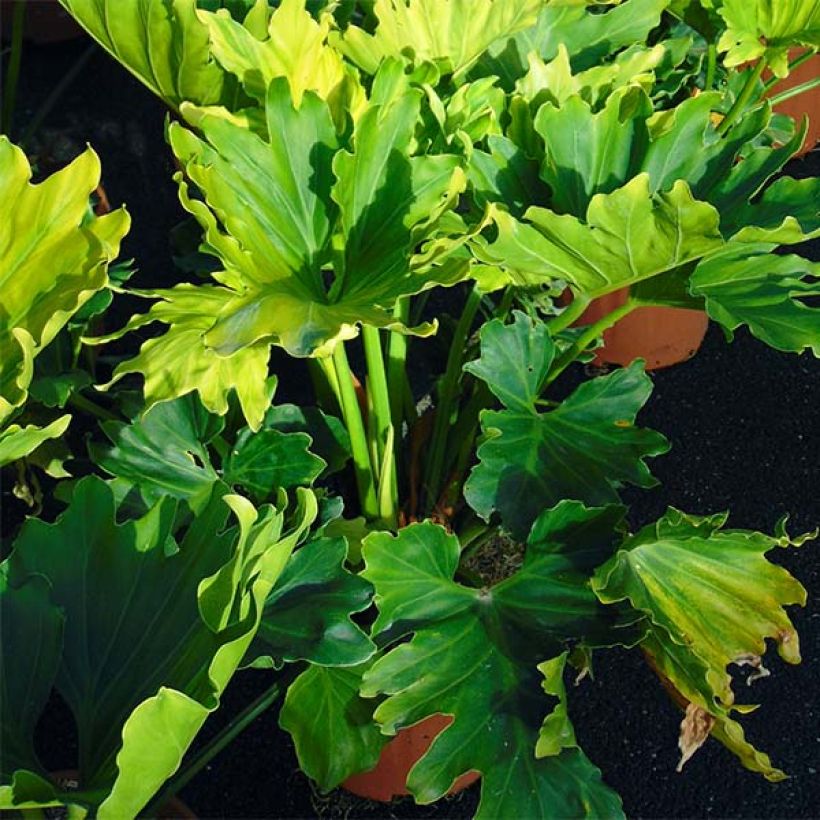

Flowering
Foliage
Plant habit
Safety measures
Botanical data
Philodendron
xanadu
Hope
Araceae
Xanadu Philodendron
Cultivar or hybrid
atteintescutaneomuqueuses
Cette plante peut provoquer l'apparition de réactions cutanées indésirables, une atteinte des yeux, ou des difficultés respiratoires si elle est ingérée.
Ne la plantez pas là où de jeunes enfants peuvent évoluer. Evitez tout contact avec la peau: privilégiez l'emploi de gants pour la manipuler. En cas de contact, lavez-vous soigneusement les mains et rincez abondamment à l'eau la zone concernée. Lavez les vêtements entrés en contact. En cas de réaction cutanée, contactez votre médecin ou le centre antipoison le plus proche de chez vous. En cas d'atteinte étendue ou de difficultés respiratoires, appelez immédiatement le 15 ou le 112.Pensez à conserver l'étiquette de la plante, à la photographier ou à noter son nom, afin de faciliter le travail des professionnels de santé.
Davantage d'informations sur https://plantes-risque.info
Other Perennials A to Z
Planting and care
Only plant in the ground in frost-free regions. It thrives in sunny but not scorching exposures or in partial shade. It requires light, humus-rich, non-calcareous, peaty soil. This plant appreciates moist but well-drained soils, even dry between two waterings. You can plant it in large containers, with regular and abundant but spaced waterings during the growing season, reduced in winter. Apply green plant fertiliser every 15 days from March to September. If the atmosphere is too dry in winter, the plants may suffer from attacks by red spider mites, so occasionally spray the foliage. Usually grown as a greenhouse or conservatory plant, 'Hope' is actually quite cold-resistant. In the ground, its foliage will be affected from 0°C (32°F) and its stump will be destroyed below -8 to -10°C (17.6 to14°F). However, the effort made by the plant to regenerate its vegetation destroyed by frost, year after year, may cause it to wither after 3 or 4 years.
Planting period
Intended location
Care
- , onOrder confirmed
Reply from on Promesse de fleurs
Mediterranean perennials
Haven't found what you were looking for?
Hardiness is the lowest winter temperature a plant can endure without suffering serious damage or even dying. However, hardiness is affected by location (a sheltered area, such as a patio), protection (winter cover) and soil type (hardiness is improved by well-drained soil).

Photo Sharing Terms & Conditions
In order to encourage gardeners to interact and share their experiences, Promesse de fleurs offers various media enabling content to be uploaded onto its Site - in particular via the ‘Photo sharing’ module.
The User agrees to refrain from:
- Posting any content that is illegal, prejudicial, insulting, racist, inciteful to hatred, revisionist, contrary to public decency, that infringes on privacy or on the privacy rights of third parties, in particular the publicity rights of persons and goods, intellectual property rights, or the right to privacy.
- Submitting content on behalf of a third party;
- Impersonate the identity of a third party and/or publish any personal information about a third party;
In general, the User undertakes to refrain from any unethical behaviour.
All Content (in particular text, comments, files, images, photos, videos, creative works, etc.), which may be subject to property or intellectual property rights, image or other private rights, shall remain the property of the User, subject to the limited rights granted by the terms of the licence granted by Promesse de fleurs as stated below. Users are at liberty to publish or not to publish such Content on the Site, notably via the ‘Photo Sharing’ facility, and accept that this Content shall be made public and freely accessible, notably on the Internet.
Users further acknowledge, undertake to have ,and guarantee that they hold all necessary rights and permissions to publish such material on the Site, in particular with regard to the legislation in force pertaining to any privacy, property, intellectual property, image, or contractual rights, or rights of any other nature. By publishing such Content on the Site, Users acknowledge accepting full liability as publishers of the Content within the meaning of the law, and grant Promesse de fleurs, free of charge, an inclusive, worldwide licence for the said Content for the entire duration of its publication, including all reproduction, representation, up/downloading, displaying, performing, transmission, and storage rights.
Users also grant permission for their name to be linked to the Content and accept that this link may not always be made available.
By engaging in posting material, Users consent to their Content becoming automatically accessible on the Internet, in particular on other sites and/or blogs and/or web pages of the Promesse de fleurs site, including in particular social pages and the Promesse de fleurs catalogue.
Users may secure the removal of entrusted content free of charge by issuing a simple request via our contact form.
The flowering period indicated on our website applies to countries and regions located in USDA zone 8 (France, the United Kingdom, Ireland, the Netherlands, etc.)
It will vary according to where you live:
- In zones 9 to 10 (Italy, Spain, Greece, etc.), flowering will occur about 2 to 4 weeks earlier.
- In zones 6 to 7 (Germany, Poland, Slovenia, and lower mountainous regions), flowering will be delayed by 2 to 3 weeks.
- In zone 5 (Central Europe, Scandinavia), blooming will be delayed by 3 to 5 weeks.
In temperate climates, pruning of spring-flowering shrubs (forsythia, spireas, etc.) should be done just after flowering.
Pruning of summer-flowering shrubs (Indian Lilac, Perovskia, etc.) can be done in winter or spring.
In cold regions as well as with frost-sensitive plants, avoid pruning too early when severe frosts may still occur.
The planting period indicated on our website applies to countries and regions located in USDA zone 8 (France, United Kingdom, Ireland, Netherlands).
It will vary according to where you live:
- In Mediterranean zones (Marseille, Madrid, Milan, etc.), autumn and winter are the best planting periods.
- In continental zones (Strasbourg, Munich, Vienna, etc.), delay planting by 2 to 3 weeks in spring and bring it forward by 2 to 4 weeks in autumn.
- In mountainous regions (the Alps, Pyrenees, Carpathians, etc.), it is best to plant in late spring (May-June) or late summer (August-September).
The harvesting period indicated on our website applies to countries and regions in USDA zone 8 (France, England, Ireland, the Netherlands).
In colder areas (Scandinavia, Poland, Austria...) fruit and vegetable harvests are likely to be delayed by 3-4 weeks.
In warmer areas (Italy, Spain, Greece, etc.), harvesting will probably take place earlier, depending on weather conditions.
The sowing periods indicated on our website apply to countries and regions within USDA Zone 8 (France, UK, Ireland, Netherlands).
In colder areas (Scandinavia, Poland, Austria...), delay any outdoor sowing by 3-4 weeks, or sow under glass.
In warmer climes (Italy, Spain, Greece, etc.), bring outdoor sowing forward by a few weeks.
